Building projects that blew billions then sat abandoned
Expensive white elephants from palaces to stadiums
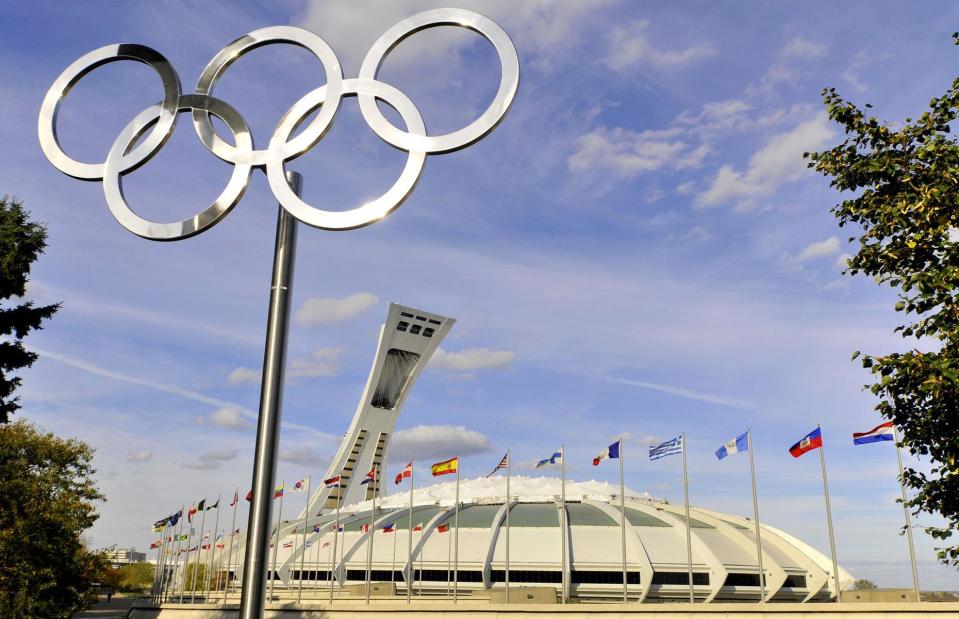
Meunierd/Shutterstock
From disused Olympic facilities to a half-completed hotel and a desolate palace, read on to see the billion-dollar builds that became very expensive white elephants. All dollar amounts in US dollars unless stated.
Maginot Line, France, cost: $3.7 billion (£3bn)
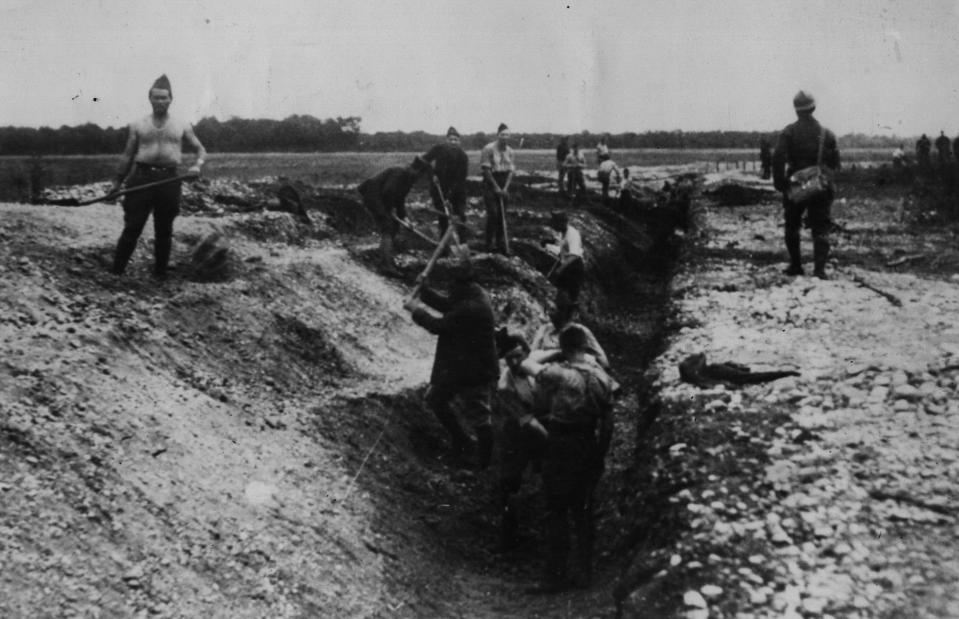
Keystone/Getty
Built during the 1930s, the Maginot Line cost a staggering 3 billion francs to build, the equivalent of $3.7 billion (£3bn) today. The line, named after war minister Andre Maginot, consisted of obstacles, fortifications and weapons stretching along France’s borders with Italy, Switzerland, Germany and Luxembourg. It was designed to prevent German troops invading during World War II.
Maginot Line, France, cost: $3.7 billion (£3bn)
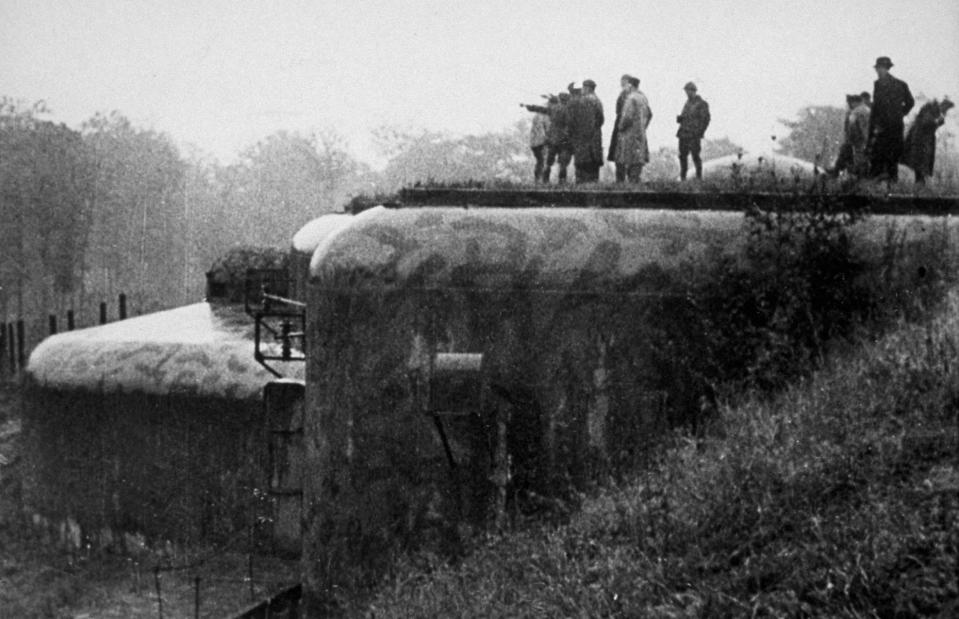
Keystone/Getty
Yet it was infamous for being ineffective – to the point where the term 'Maginot Line' has become synonymous with any kind of barrier that provides a false sense of security. The line was much weaker through the Ardennes forest, where French military officials believed the terrain was too rough for the Germans to try to invade them. They were wrong, and in May 1940 the German army burst through the forest and invaded France.
Maginot Line, France, cost: $3.7 billion (£3bn)
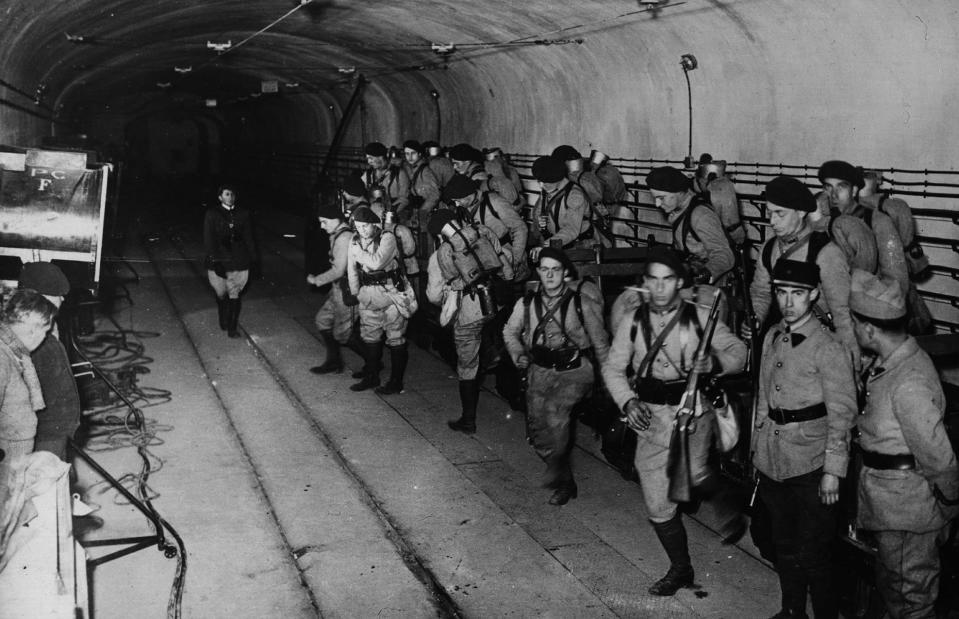
Hulton Archive/Getty
For all its faults, the Maginot Line did provide some use to troops, though it probably wasn't worth the hefty price tag. As pictured here, the underground tunnels beneath the fortifications provided training and living space for the army, including air conditioning and eating areas.
Olympic Stadium, Montreal, Canada, cost: $1.4 billion (£1.2bn)
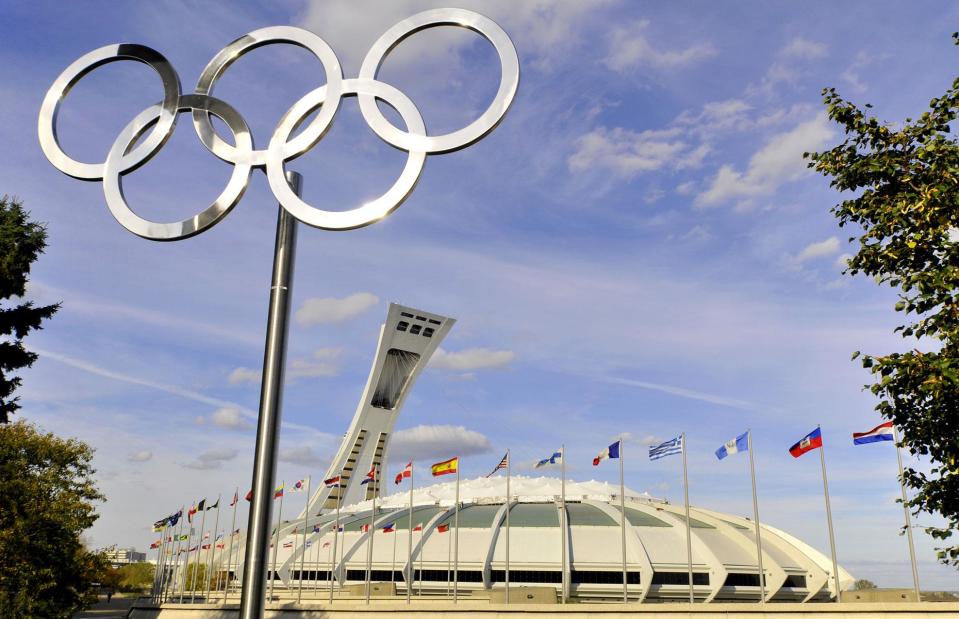
Meunierd/Shutterstock
Montreal's Olympic Stadium is considered one of the world's most notorious white elephants. Following problem after problem, the stadium wasn't even finished in time for the 1976 games, despite its massive price tag. In 2006, the cost of the stadium was estimated at CA$1.47 billion, the equivalent of $1.4 billion (£1.2bn) in today’s money.
Olympic Stadium, Montreal, Canada, cost: $1.4 billion (£1.2bn)
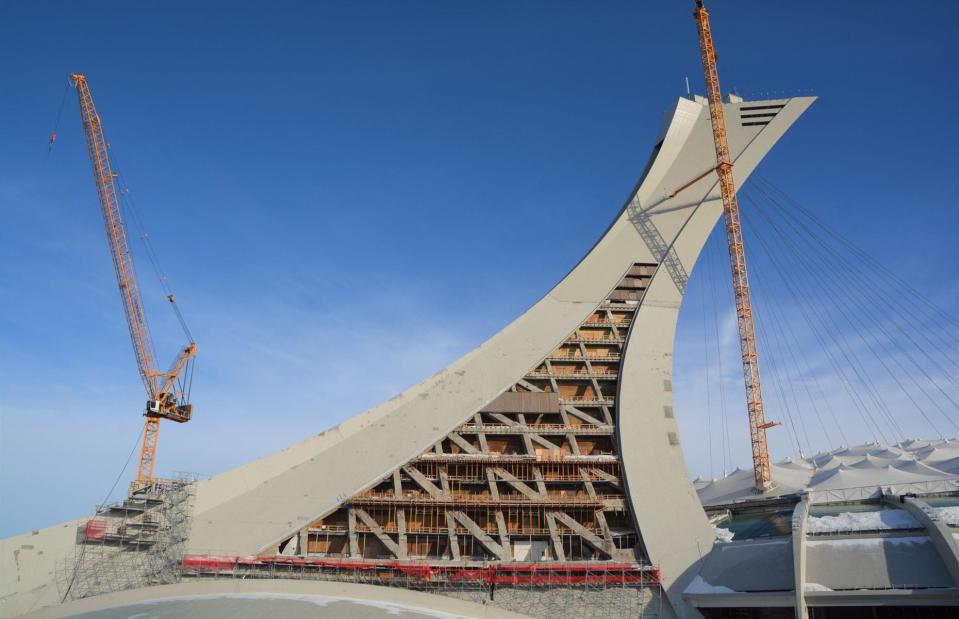
Meunierd/Shutterstock
Work pressed on until 1987 when the roof was finally completed, and even that wasn't fit for purpose – the structure was damaged several times and a portion collapsed in 1999. The stadium has managed to attract tenants on and off over the years but hasn't had a permanent tenant since 2004, adding to its white elephant reputation. However, reports say that the cost of dismantling it would actually be greater than leaving it open for occasional use.
Olympic Stadium, Montreal, Canada, cost: $1.4 billion (£1.2bn)
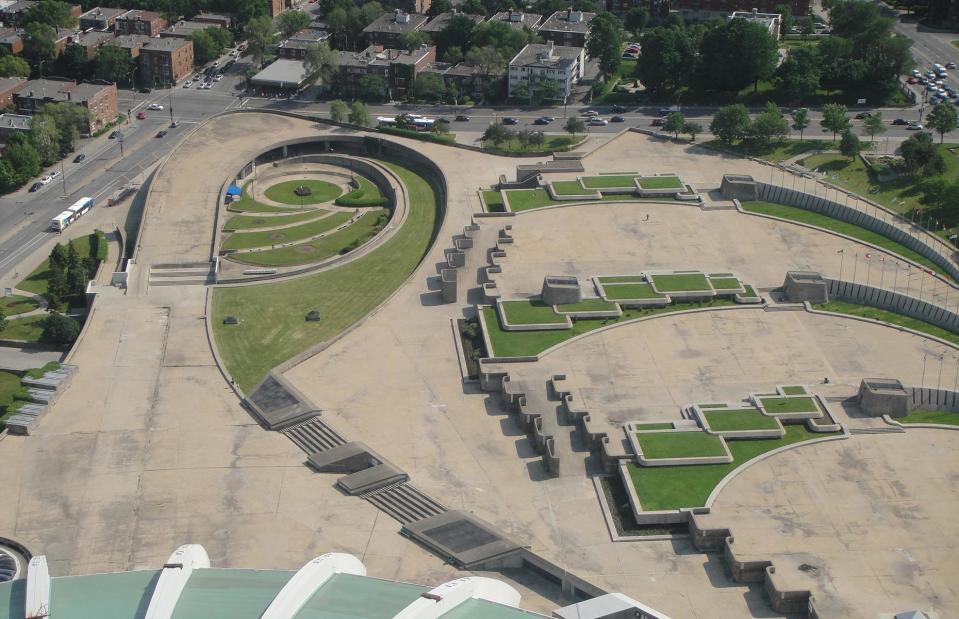
Loodogs/Flickr/CC BY-NC-ND 2.0
Currently, a German stadium construction firm has been working with the Régie des installations olympiques (RIO) to create new plans for the roof. Attempting to stay in keeping with the architect Robert Taillibert's original design for the building, while sticking to the $188 million (£155m) budget for the new roof, the aim was to put a call out for tenders last year, with the roof replacement looking to be delayed until 2024. Meanwhile, the stadium's atrium has been used as a mass COVID vaccination centre.
Mirabel International Airport, Montreal, Canada, cost: $1.8 billion (£1.5bn)
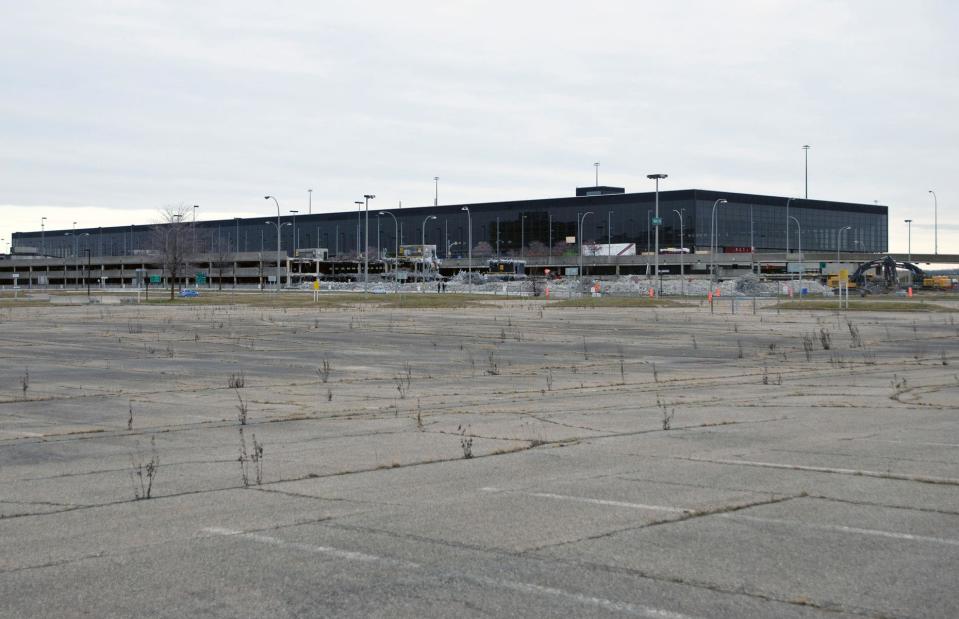
Caribb Flickr CC
Also in Montreal, Mirabel International Airport was opened in 1975 as a potential replacement for Dorval Airport at a cost of CA$500 million, around CA$2.4 billion ($1.7bn/£1.4bn) in today's money. Despite being the world's largest airport when it opened, it soon became clear there were big problems with it.
Mirabel International Airport, Montreal, Canada, cost: $1.8 billion (£1.5bn)
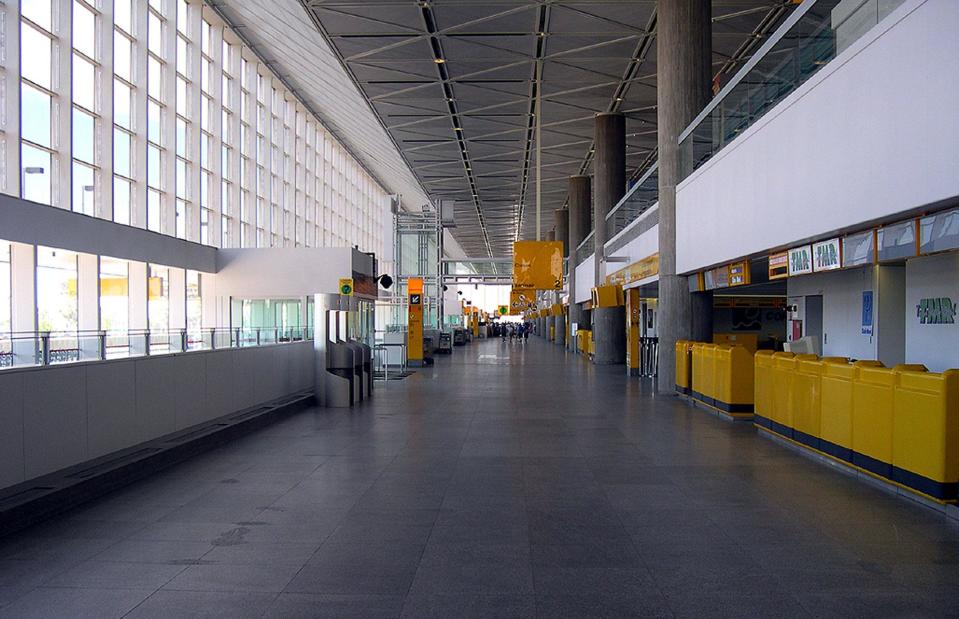
Caribb Flickr CC
For starters, Mirabel is situated an inconvenient 26 miles outside Montreal and passenger numbers suffered as a result. Airlines soon abandoned the airport for Toronto and by the time Dorval (now Trudeau) Airport had expanded in the early 2000s, flights to and from Mirabel had ceased.
Mirabel International Airport, Montreal, Canada, cost: $1.8 billion (£1.5bn)
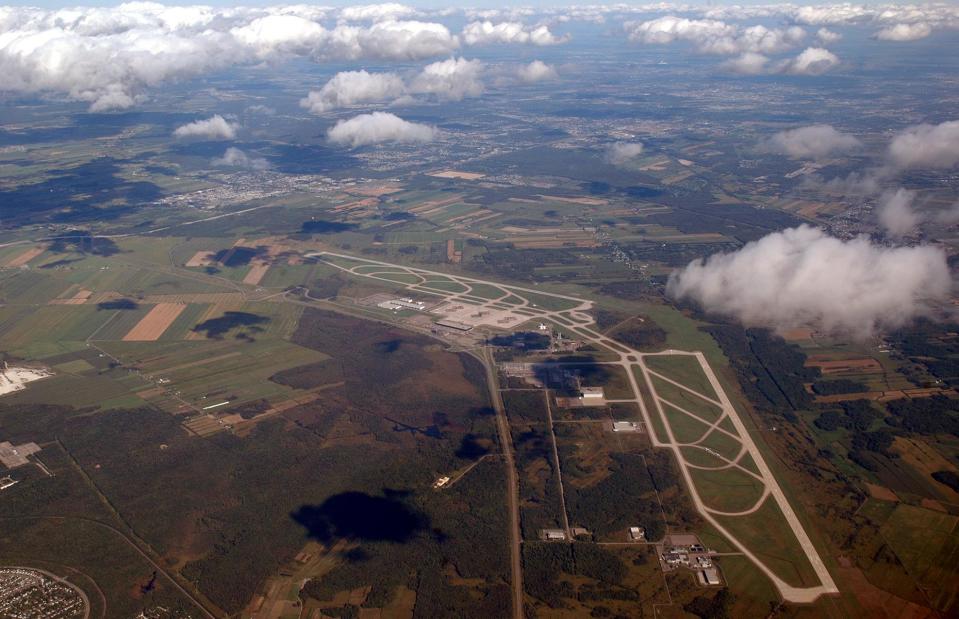
Flickr/CC BY-NC-ND 2.0
The terminal building has since been demolished, although cargo flights continue to operate to and from the airport. The vacant site has also been used for a few movie sets, including, fittingly, a zombie apocalypse film called Warm Bodies (2013).
World Cup stadiums, Brazil: cost: $3.6 billion (£3bn)
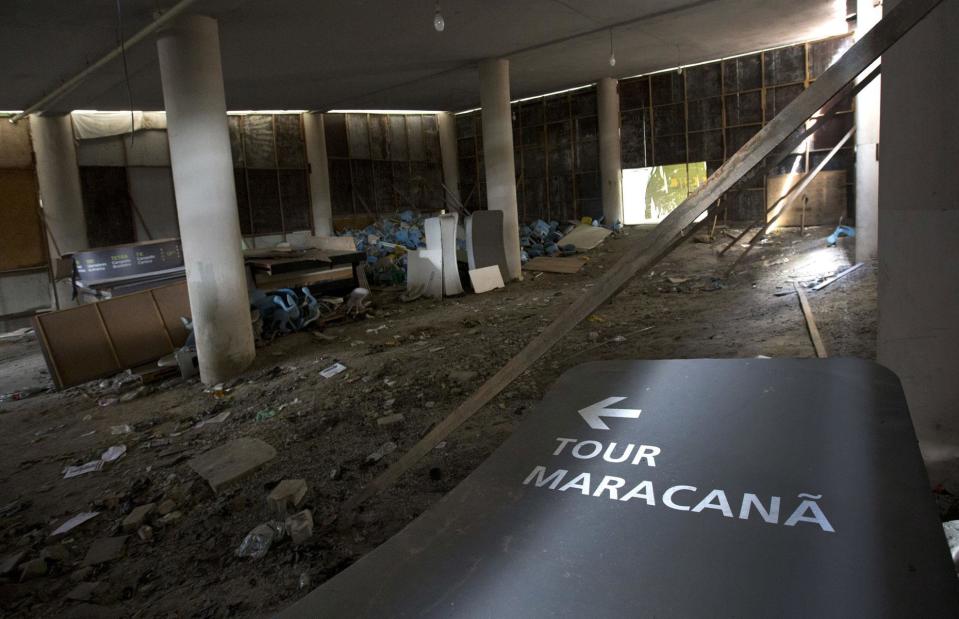
Silvia Izquierdo/PA
White elephants created for sporting events are sadly all too common, and Brazil has more than its fair share. A total of 12 stadiums were built at a cost of $3.6 billion (£3bn) for the 2014 soccer World Cup.
World Cup stadiums, Brazil: cost: $3.6 billion (£3bn)
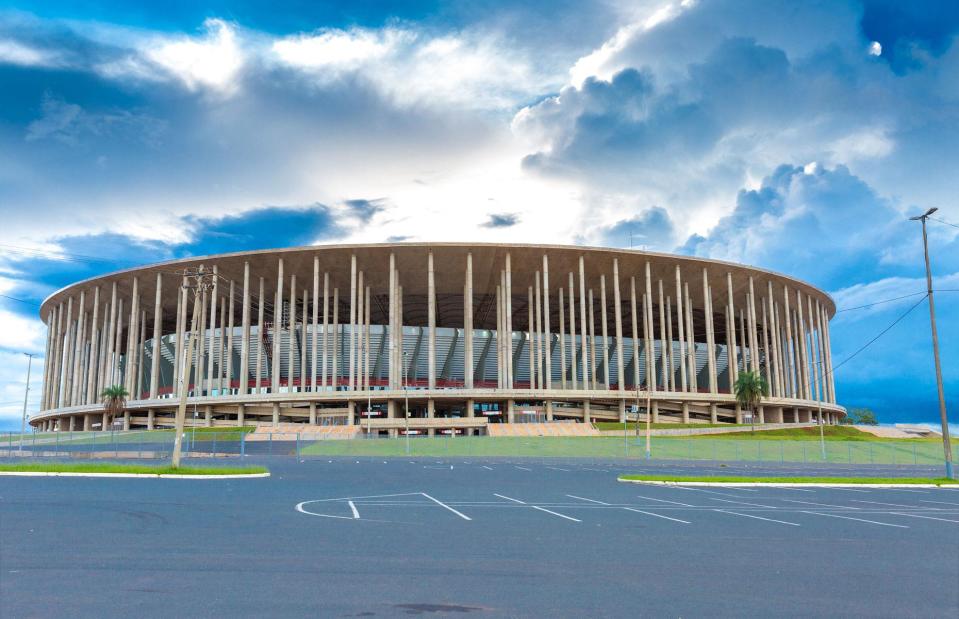
Filipe Frazao/Shutterstock
Less than a decade has passed since the tournament, yet most of these high-maintenance venues remain either empty, underused or have been thoughtlessly repurposed. Just two years after the World Cup, the Estádio Nacional (pictured) in the country's capital Brasília for instance was reportedly being used as a bus depot. Meanwhile other World Cup stadiums in the country have been plagued by corruption scandals, maintenance issues and big financial losses.
World Cup stadiums, Brazil: cost: $3.6 billion (£3bn)
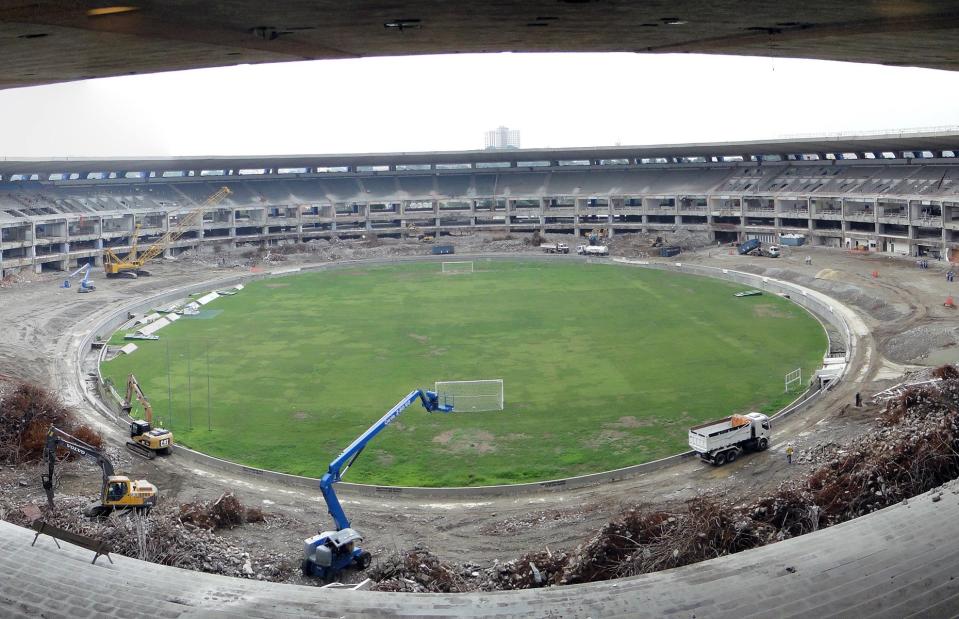
Maracana_Rodrigo Soldon/Flickr/CC BY-ND 2.0
What's more, maintaining the largely neglected stadiums is coming out of the public purse. According to a report by Brazilian newspaper O Globo, around $100 million (£83m) of public money was used in 2018 alone to maintain the stadiums throughout the country. In a desperate attempt to make use of the site, the Maracanã stadium (pictured) in Rio de Janeiro has turned to hosting concerts and other events, though the future of the venue remains unclear.
At the other end of the spectrum, these are the best-value megaprojects of all time
Palace of the Parliament, Bucharest, Romania, cost: $3.9 billion (£3.2bn)
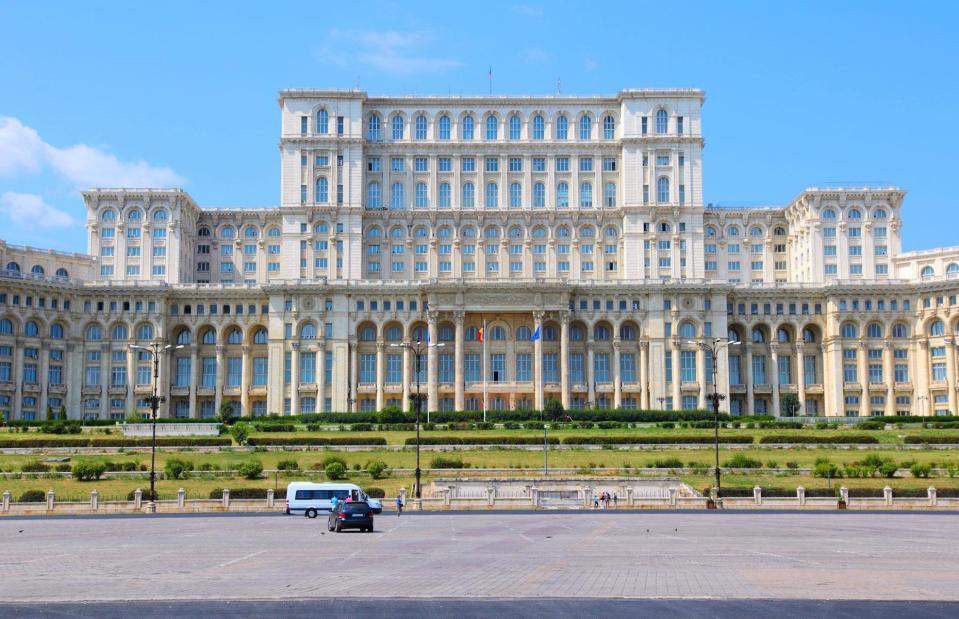
Tupungato/Shutterstock
The pet project of brutal dictator Nicolae Ceaușescu, the gigantic Palace of the Parliament in the Romanian capital Bucharest sprawls over more than 3.9 million square feet (365,000 square metres). It's the second largest administrative building in the world after the Pentagon and allegedly can be seen from the Moon. Swathes of the city were demolished for this wholly unnecessary project, which began in 1984.
Palace of the Parliament, Bucharest, Romania, cost: $3.9 billion (£3.2bn)
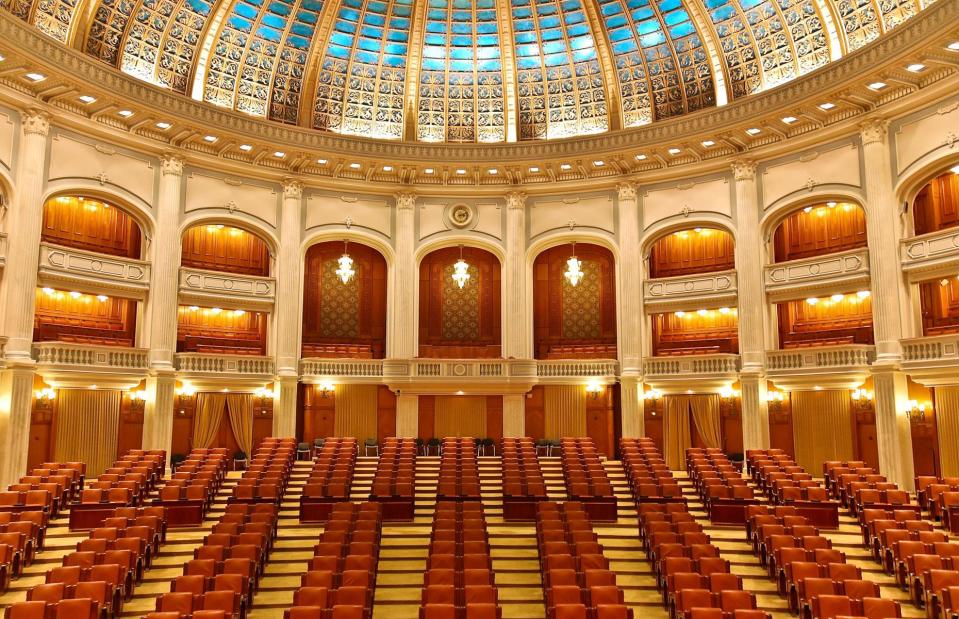
Narcis Parfenti/Shutterstock
Thousands of workers died building the structure. Work continued following Ceaușescu's execution in 1989 and the Palace of Parliament was eventually finished in 1997 at a total cost of $3.9 billion (£3.2bn) in today's money. Today, only 30% of the building is in use and the heating and electricity bill alone allegedly tops $6 million (£4.9m) a year.
Palace of the Parliament, Bucharest, Romania, cost: $3.9 billion (£3.2bn)
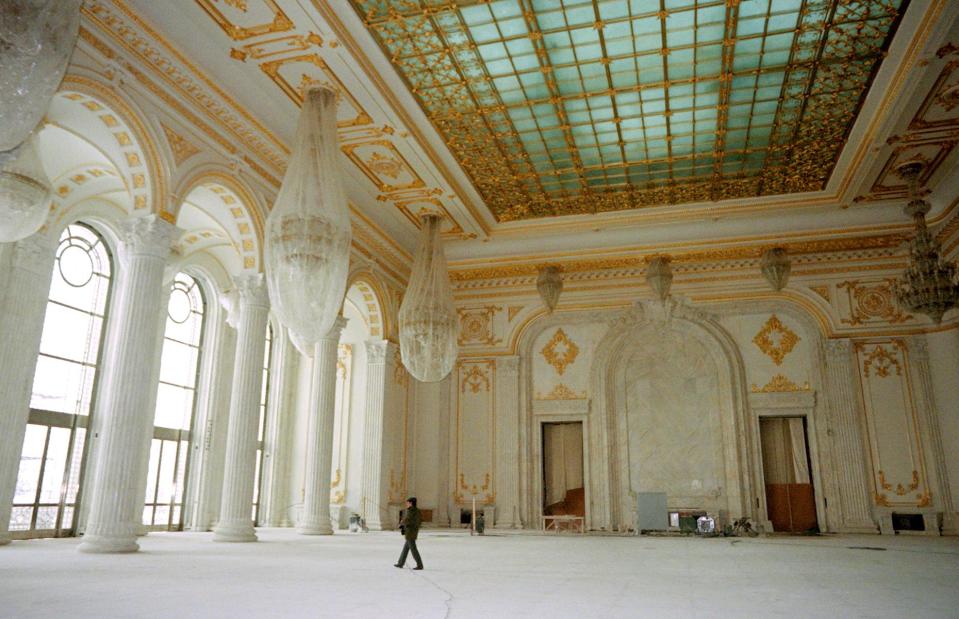
CHRISTOPHE SIMON/AFP/Getty
There's a lot more to this gigantic building than meets the eye. Underneath, there's a network of mysterious tunnels, which were explored by the presenters of British TV show Top Gear in one episode, where the presenters were filmed driving their cars through them. The tunnels were created for Ceaușescu, who worried that he'd need an escape route to get him to the airport in case of a revolution.
Ryugyong Hotel, Pyongyang, North Korea, cost: $1.3 billion (£1.1bn)
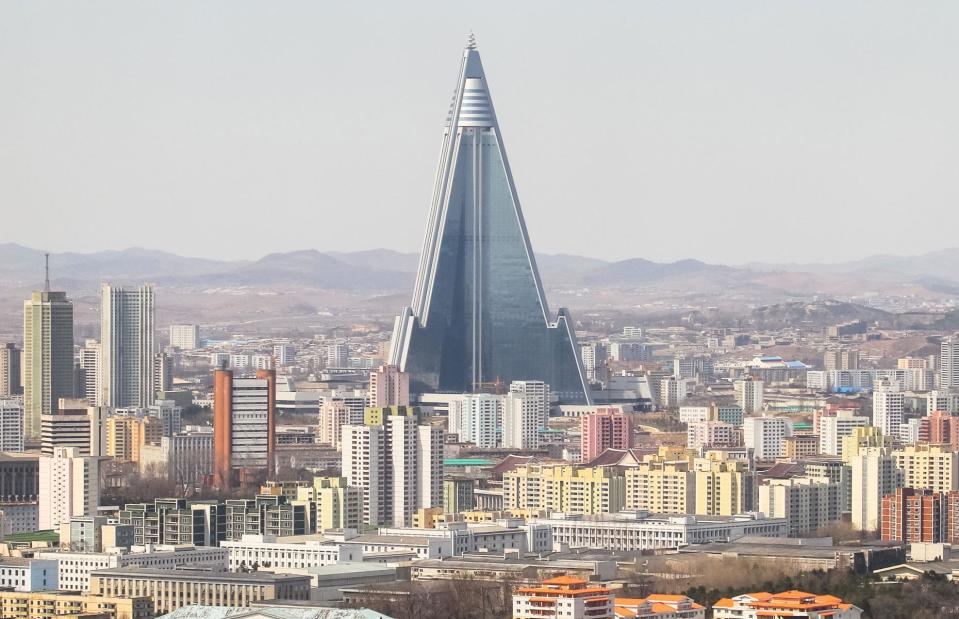
Viktoria Gaman/Shutterstock
Towering ominously above Pyongyang, the so-called 'Hotel of Doom' is a white elephant par excellence. Since construction began in 1987, the triangular 105-storey tower has swallowed up the equivalent of 2% of North Korea's entire GDP. In a country where an estimated 10.5 million people are undernourished, the lavish landmark serves as a jarring reminder of how the country's resources are being used irresponsibly.
Ryugyong Hotel, Pyongyang, North Korea, cost: $1.3 billion (£1.1bn)
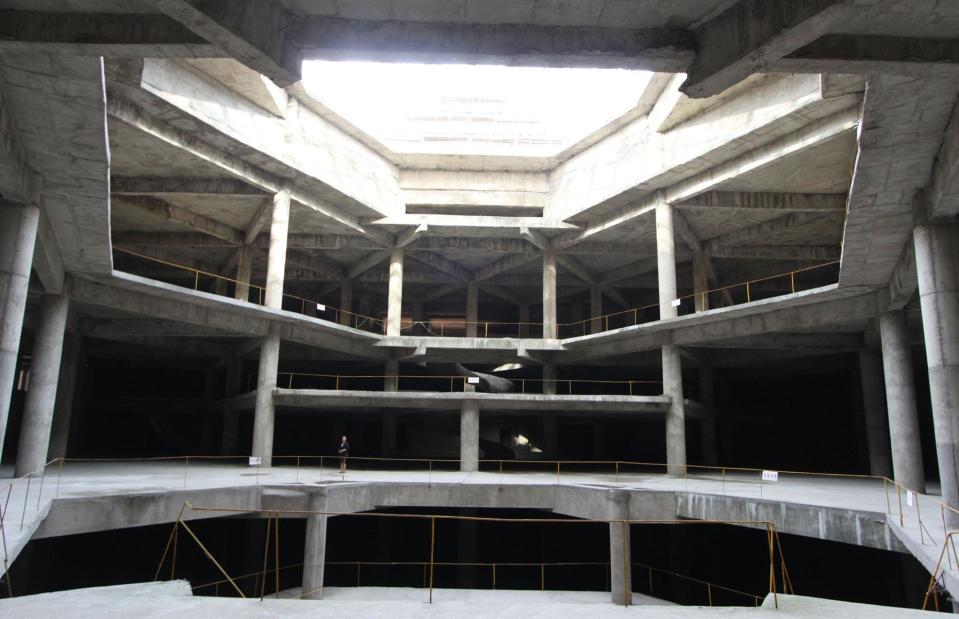
Koryeo Group/PA
Beset with funding and construction problems, the hotel, which has 3,000 rooms, was meant to be officially opened in 2012 but remains unfinished, unopened and unused. Poor quality materials and electricity shortages were among the issues that stalled the tower's development.
Ryugyong Hotel, Pyongyang, North Korea, cost: $1.3 billion (£1.1bn)
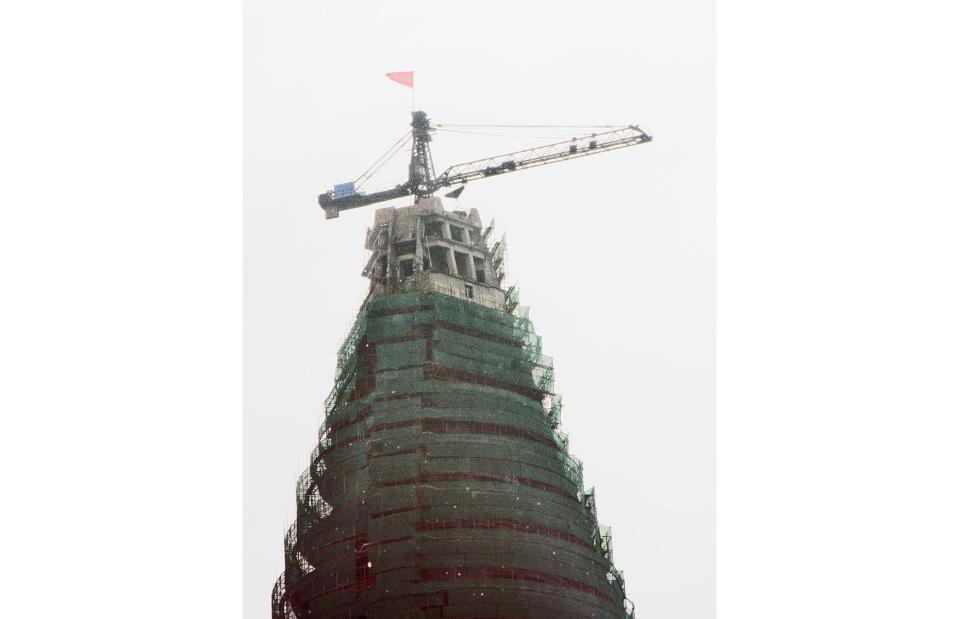
Mark Scott Johnson/CC BY 2.0
In March 2019 it was reported that new plans had emerged to resume development of the unfinished skyscraper. Included in the plans, which were broadcast on state TV, were two sail-shaped skyscrapers in the nearby area, inspired by Dubai's Burj Al Arab hotel. Yet with the tower's unfinished exterior having been damaged by exposure to the elements for years, completing it looks like a tall order. What's more, it's estimated that the cost of completing the tower would be a further $2 billion (£1.6bn).
Olympic facilities, Athens, Greece, cost: $12.8 billion (£10.6bn)
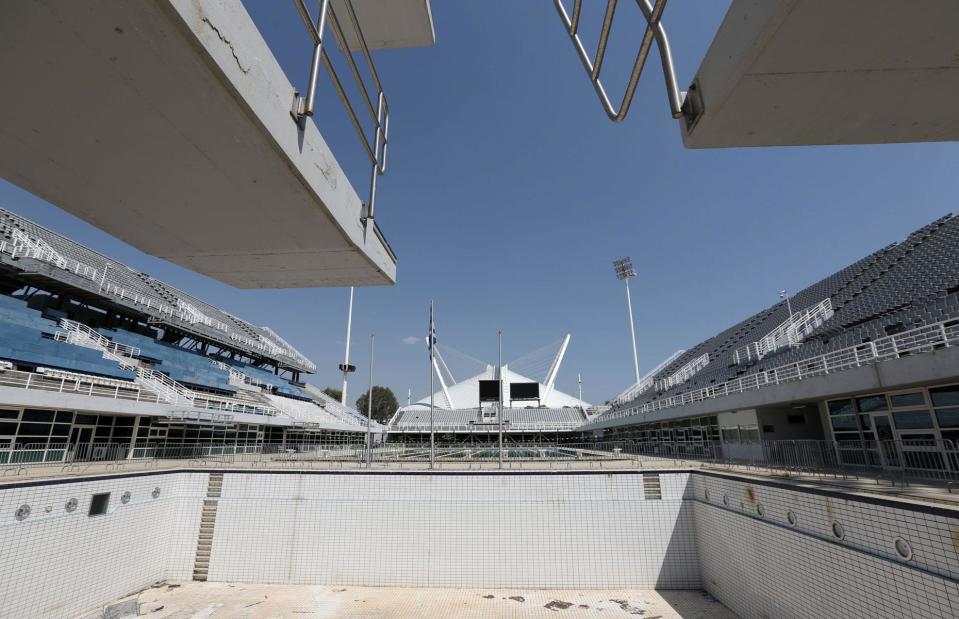
Thanassis Stavrakis/PA
Flush with EU cash, the Greek government went on a crazy spending spree to prepare for the 2004 Olympic Games in Athens. The total amount they spent on the games varies widely, but even fairly conservative estimates put it at €9 billion, around $12.8 billion (£10.6bn) in today's money.
Olympic facilities, Athens, Greece, cost: $12.8 billion (£10.6bn)
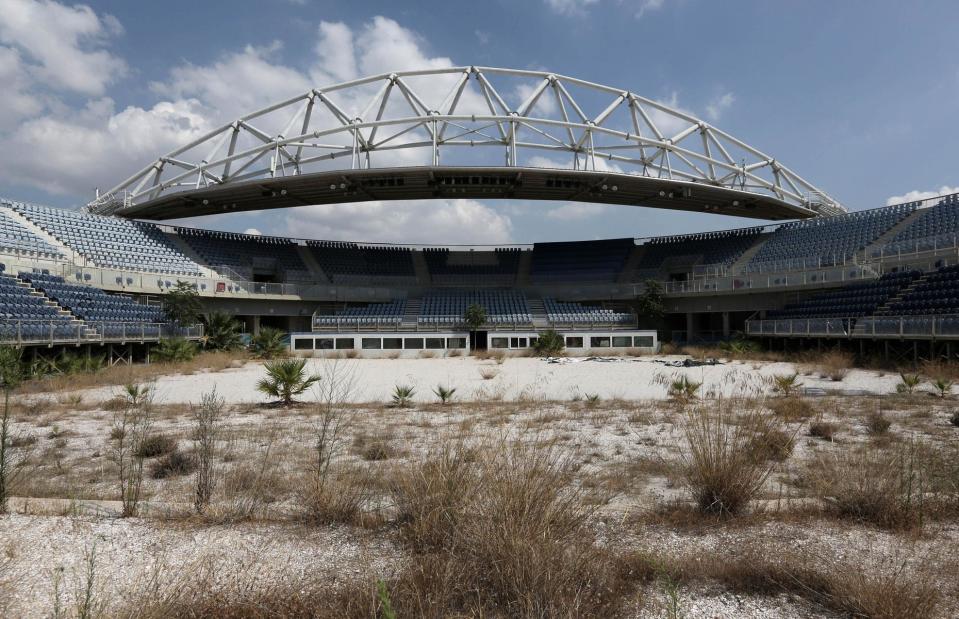
Thanassis Stavrakis/PA
Athens' Olympic facilities were such an unmitigated financial disaster that they contributed to bringing down the entire Greek economy, which is still in crisis mode today. Like many purpose-built venues and stadiums, the vast Olympic facilities were not built with the long term in mind.
Olympic facilities, Athens, Greece, cost: $12.8 billion (£10.6bn)
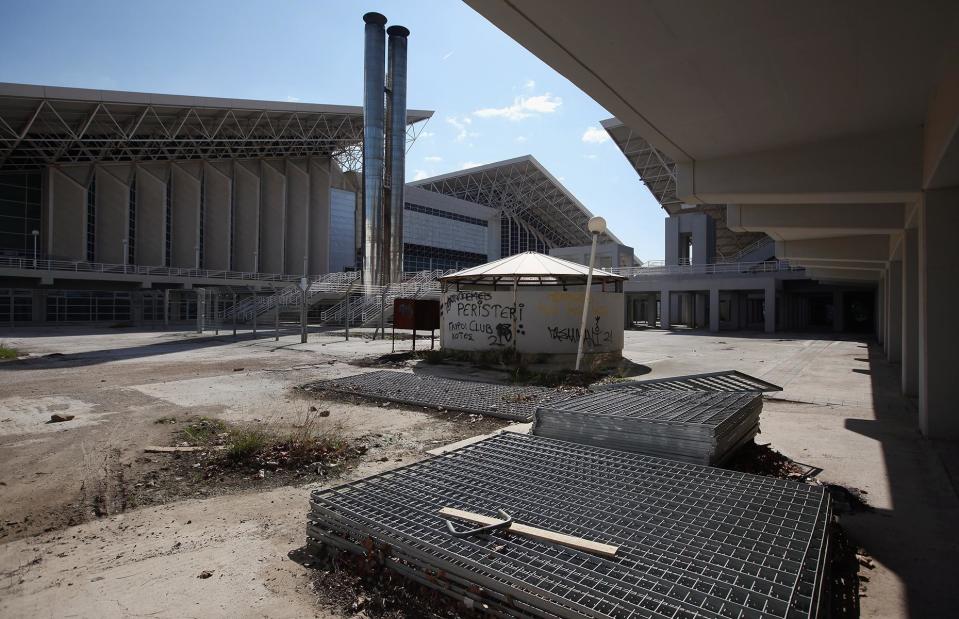
Oli Scarff/Getty
Fast-forward to 2020 and the vast majority of the venues lie empty, while the country is still paying back its debts. Without the state providing any real plan for what would happen to the venues after the Games, they've been left to fall into disrepair. The aquatics centre has completely dried up, heaps of rubbish have been left in outdoor training pools, and monuments are covered in graffiti.
Olympic facilities, Beijing, China, cost: $47.6 billion (£39.2bn)
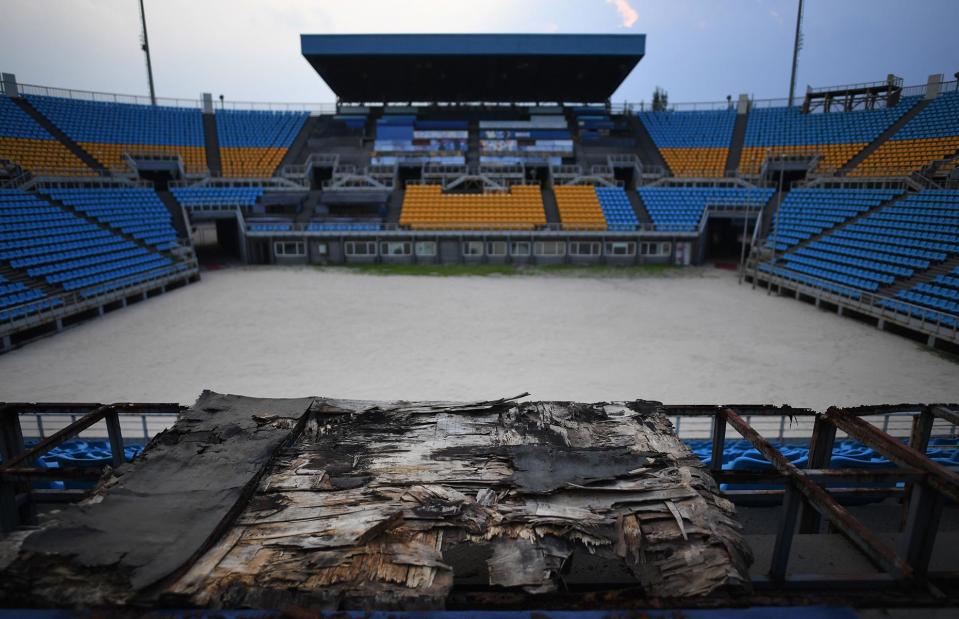
GREG BAKER/AFP/Getty
The most expensive building on our list, the 2008 Olympic Games in Beijing cost a staggering $40 billion in 2008, equivalent to $47.6 billion (£39.2bn) in today’s money. Yet over a decade later the venues are a mess. The volleyball stadium (pictured) is filled with rotting wood, watersports arenas have run dry, and mascots lie abandoned.
Olympic facilities, Beijing, China, cost: $47.6 billion (£39.2bn)
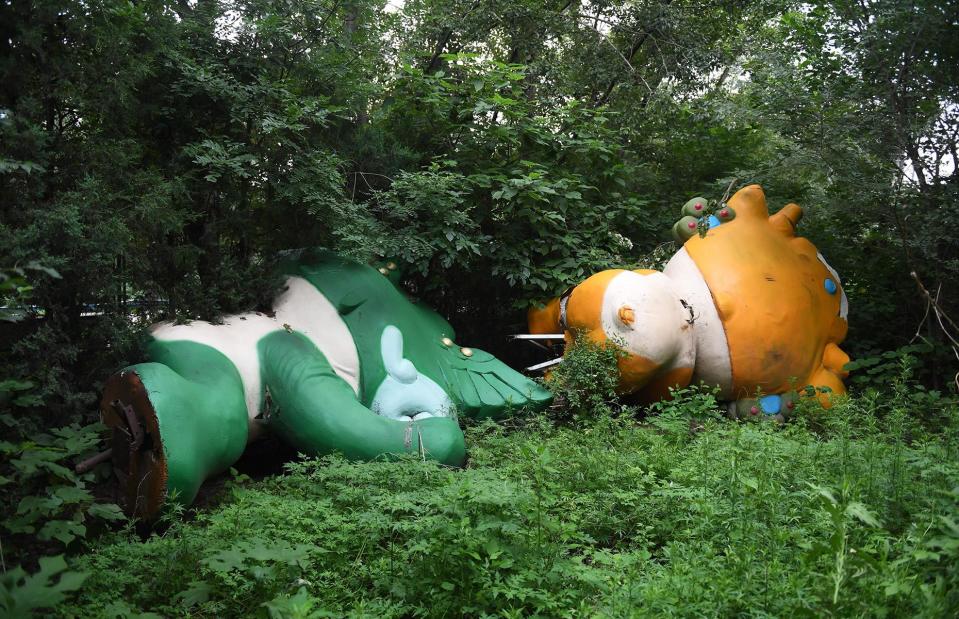
GREG BAKER/AFP/Getty
Despite conjuring up some haunting scenes, it's not all doom and gloom for Beijing's Olympic venues. The two main venues, the Bird's Nest stadium and Water Cube aquatics centre, remain popular tourist attractions, and were reused when the city hosted the 2022 Winter Olympic and Paralympic Games.
Olympic facilities, Beijing, China, cost: $47.6 billion (£39.2bn)
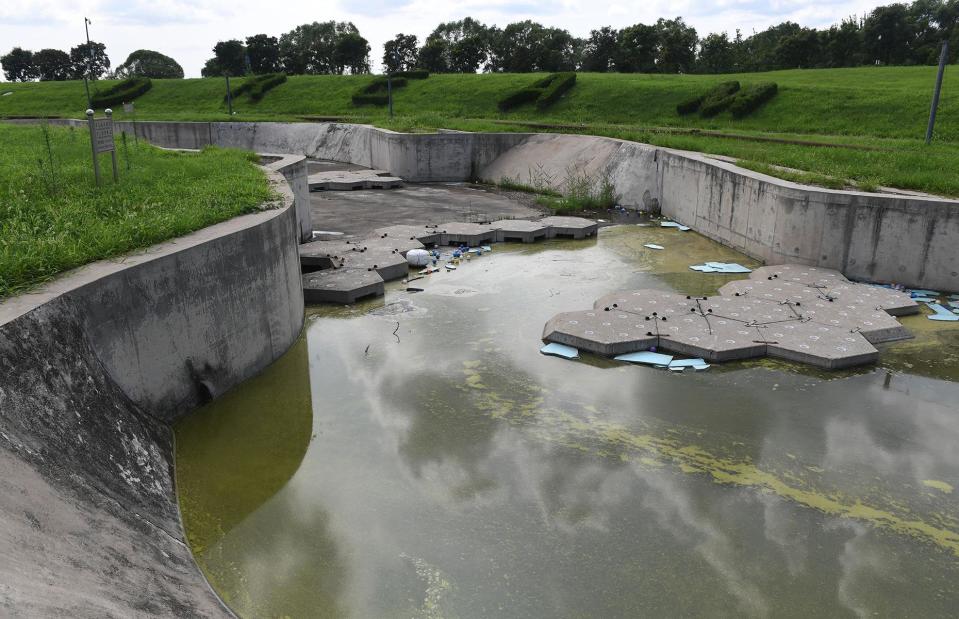
GREG BAKER/AFP/Getty
Yet the abandoned and largely derelict facilities leave a bitter taste in the mouth for many. After an estimated two million residents were removed from their homes to clear space for the games, many of them forcibly, the fact that these venues were left to wrack and ruin afterwards only adds insult to injury.

 Yahoo Finance
Yahoo Finance 